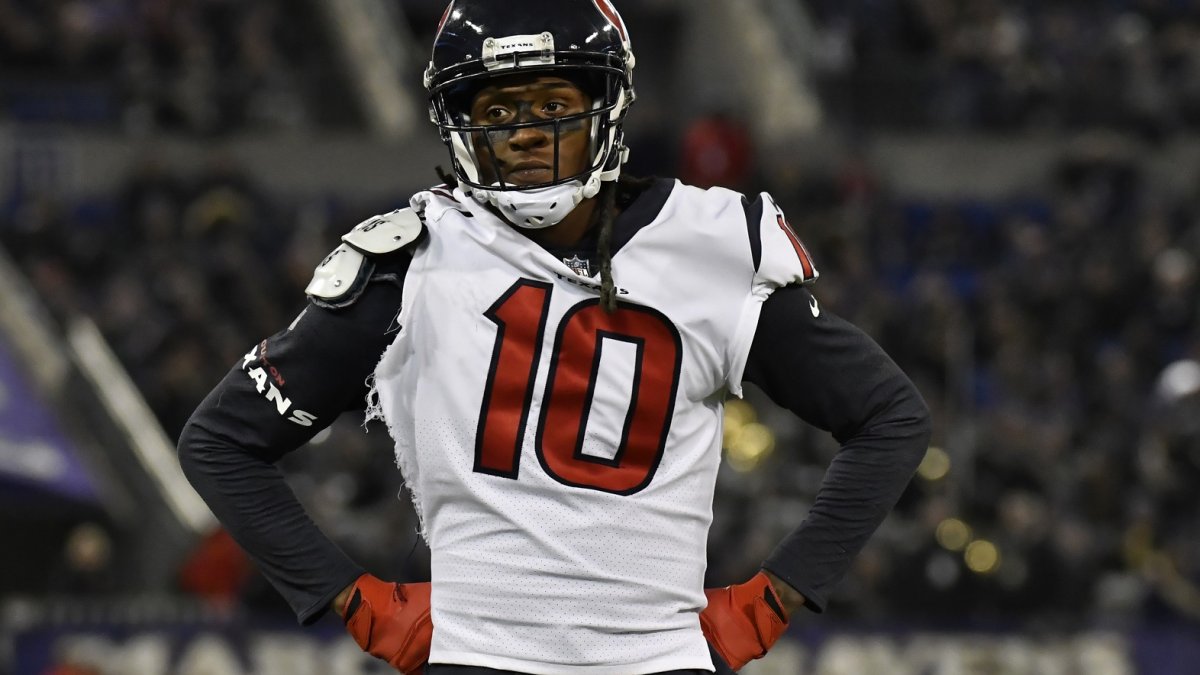If you asked which receiver had the best season in 2017, a fantasy player would be able to give you a simple answer. Either it’s DeAndre Hopkins, who led all receivers in touchdowns and fantasy points, or it’s Antonio Brown, who led all receivers in yards and would have led in fantasy points if he hadn’t hurt his calf in Week 15. That’s because fantasy owners are concerned with volume as much as efficiency, and total yards, touchdowns, and fantasy points capture both.
But if you really wanted to know which receiver had the best season in 2017, it becomes a much more difficult question to answer. Per-play statistics isolate efficiency, but we intuitively know that catches become harder to make the more a quarterback looks a receiver’s way. A heavily targeted receiver is going to attract better defensive players, and, in truth, that’s just one of many factors that affect the difficulty of different targets. And you can’t really answer the question of which receiver had the best year unless you can first answer the question of how difficult his targets were to catch.
I’ve danced around the edges of that second question many times before, but now I finally believe I’ve created a model to answer it comprehensively. The research for that model started with an attempt to understand which play factors impact expected catch rate and yards per target, and I have settled on five that I believe represent the most important of them.
Depth of target
The first one is the most obvious. The farther a quarterback throws the ball down the field, the more difficult the pass becomes for his receiver to catch. Accuracy is a major part of that, of course, but there are several reasons. Deep passes are in the air longer, which gives defenders more time to make a play on the ball. Deep passes require deeper routes for receivers, which expend more energy than shallow routes and make it more difficult for receivers to concentrate. All of those reasons add up to a steady decline from an 89 percent chance of a catch on passes thrown behind the line of scrimmage to just a 35 percent chance of a catch on balls thrown at least 20 yards in the air.
Exclusive content for premium subscribers

WANT TO KEEP READING?
Dominate Fantasy Football & Betting with AI-Powered Data & Tools Trusted By All 32 Teams
Already have a subscription? Log in



 © 2025 PFF - all rights reserved.
© 2025 PFF - all rights reserved.